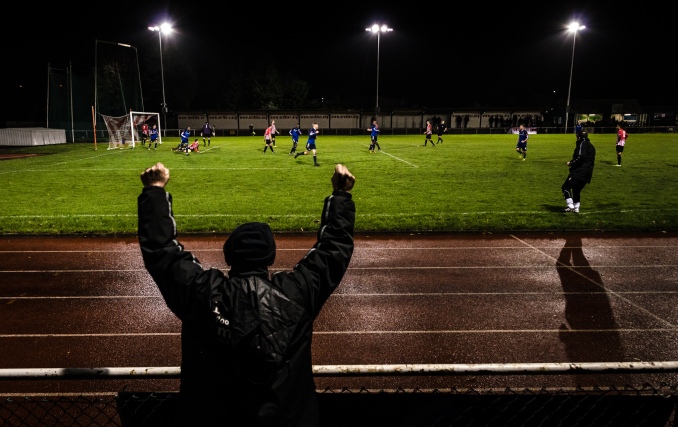Pixlr is a free online photo editing website that is similar to Photoshop. It provides advanced features for creating personalized images by using the phone app or desktop computer versions. Pixlr can be used as a web based application, providing access to users of all platforms that have Internet access.
Students who are spatial learners can use this tool to create unique photos that relate to the course content. These students can create flashcards for vocabulary words that incorporate images and text. In my class, students have to create advertisements and newsletters; Pixlr could be used to make images that relate to the products they are promoting. They can take the role of advertising agents, applying the principles learned to create print ads. For online classes, students can use Pixlr to create profile pictures that share their personal characteristics without displaying their photos, so that their personal images are not used.
 For my career and financial readiness class, I start off the semester with students writing short-term and long-term goals. These goals help with making choices for careers and financial situations later in the class. I can have students use Flickr to collect photos that represent each of their goals. The photos can be combined to create a collage on Google Drawing. Students can print these out or use them for a desktop background to always have a focus on their goals. The Flickr photos will allow for a quick reference of their goals throughout the course.
For my career and financial readiness class, I start off the semester with students writing short-term and long-term goals. These goals help with making choices for careers and financial situations later in the class. I can have students use Flickr to collect photos that represent each of their goals. The photos can be combined to create a collage on Google Drawing. Students can print these out or use them for a desktop background to always have a focus on their goals. The Flickr photos will allow for a quick reference of their goals throughout the course.